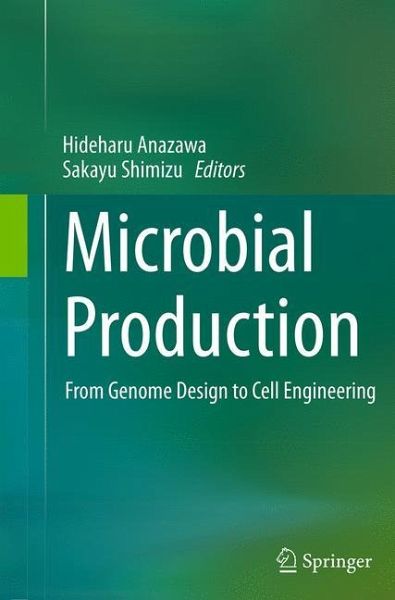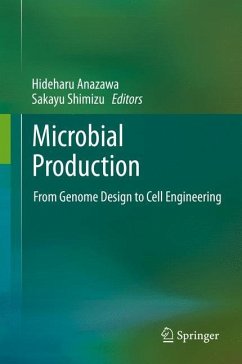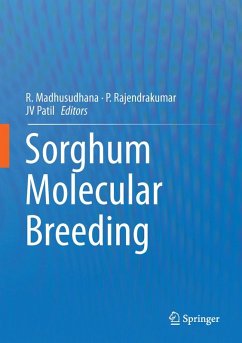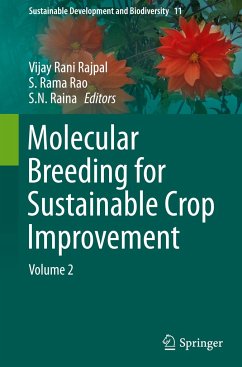
Microbial Production
From Genome Design to Cell Engineering
Herausgegeben: Anazawa, Hideharu; Shimizu, Sakayu
Versandkostenfrei!
Versandfertig in 6-10 Tagen
113,99 €
inkl. MwSt.

PAYBACK Punkte
57 °P sammeln!
Microbial production: From genome design to cell surface engineering affords a comprehensive review of novel technology and approaches being implemented for manufacturing microorganisms, written by specialists in both academia and industry. This book is divided into three sections: the first includes technology for improvement of fermentation strains and many supporting technologies and information; the second examines novel technology useful for analysis of cell activities, analyzing gene function, and designing genomes of producer strains; and finally, a discussion of the practical applicati...
Microbial production: From genome design to cell surface engineering affords a comprehensive review of novel technology and approaches being implemented for manufacturing microorganisms, written by specialists in both academia and industry. This book is divided into three sections: the first includes technology for improvement of fermentation strains and many supporting technologies and information; the second examines novel technology useful for analysis of cell activities, analyzing gene function, and designing genomes of producer strains; and finally, a discussion of the practical application of the techniques and success case studies in many fields of bio-production, such as microbiological production, pharmaceuticals, chemicals, foods and cosmetics.












